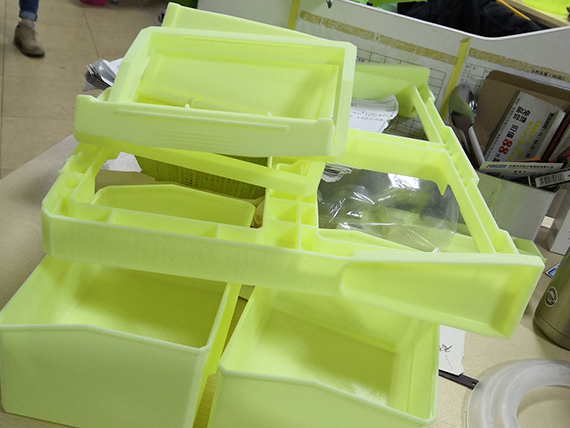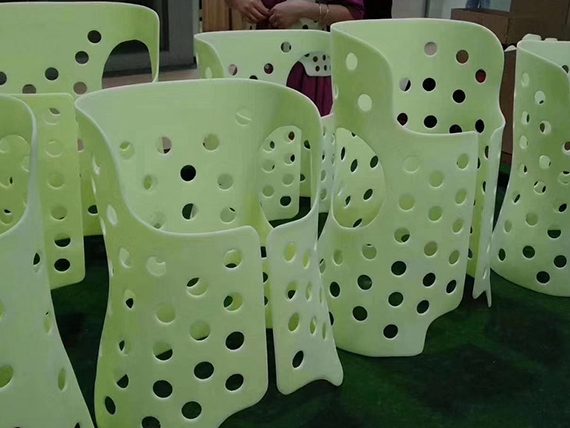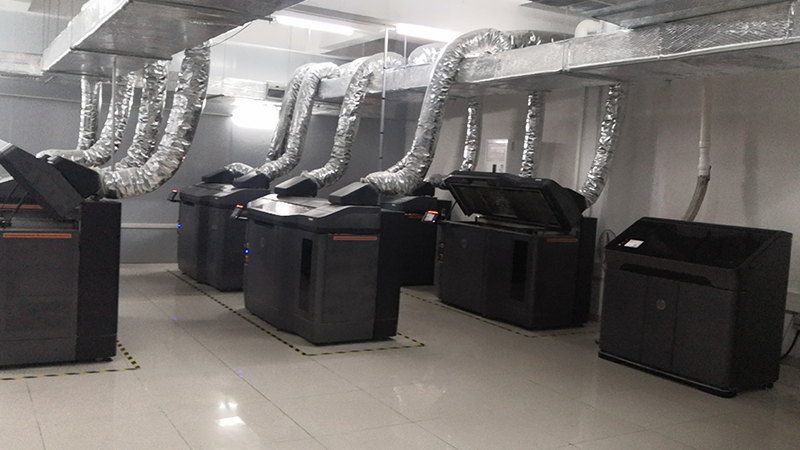Can physical parts be 3D printed? The answer is definitely yes.
Custom 3d printed parts has revolutionized the way we manufacture parts and products, providing a cost-effective way to create physical parts. As technology advances, 3D printers are becoming increasingly popular in various industries and can produce complex parts. The ability to 3D print solid parts opens up new possibilities for designers, engineers and manufacturers, allowing them to easily create custom, high-quality components.
When it comes to 3d print parts, the quality and durability of the components are crucial. This is where the selection of 3D printer parts plays a crucial role. The components of a 3D printer, such as the extruder, nozzle, and build platform, are critical to ensuring the accuracy and strength of the printed part. High-quality 3D printer parts are engineered to withstand the rigors of the printing process, resulting in strong, reliable components.

One of the key factors in 3D printing solid parts is material selection. There are many materials available for 3D printing, including plastics, metals and composites, each with its own unique properties and characteristics. For solid parts, materials such as ABS, PLA, PETG, and nylon are often used due to their strength and durability. These materials enable the production of solid parts that can withstand mechanical stresses and environmental factors, making them suitable for a variety of applications.
In addition to materials, the design of the part also plays an important role in the 3D printing process. By using computer-aided design (CAD) software, designers can create complex geometric shapes that can be accurately 3D printed. The ability to design physical parts with intricate details and fine features expands the possibilities for product development and innovation. Whether creating custom components for machinery, prototypes for product testing, or intricate artwork, 3D printing can produce physical parts with exceptional detail and precision.

In addition to materials, the design of the part also plays an important role in the 3D printing process. By using computer-aided design (CAD) software, designers can create complex geometric shapes that can be accurately 3D printed. The ability to design physical parts with intricate details and fine features expands the possibilities for product development and innovation. Whether creating custom components for machinery, prototypes for product testing, or intricate artwork, 3D printing can produce physical parts with exceptional detail and precision.
The process of 3D printed metal parts involves the layer-by-layer deposition of selected materials, resulting in a completely strong and fully functional component. The layering process can create complex geometries and internal structures that would be difficult or impossible to achieve using traditional manufacturing methods. This capability makes 3D printing the preferred method for producing physical parts with complex designs and customizations.

This flexibility allows for rapid prototyping and iterative design processes, reducing the time and costs associated with traditional manufacturing methods.With the right combination of 3D printer parts, materials, and design capabilities, precise and durable solid parts can be created. As technology continues to advance, 3D printing will undoubtedly play an important role in the production of physical parts across various industries, driving innovation and pushing the limits of manufacturing.
Post time: Mar-22-2024







